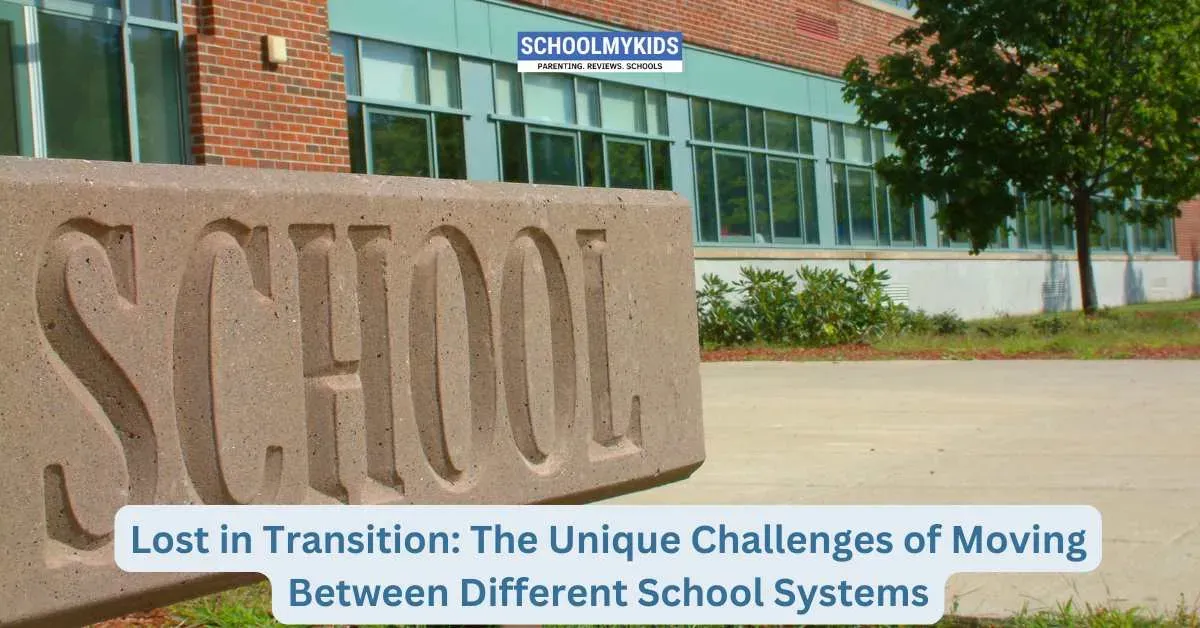Introduction
Changing schools is often seen as a logistical move—a new address, a new uniform, a new set of textbooks. But for the student in transition, it’s rarely that simple. Moving between school systems, whether due to a family relocation, change in curriculum, or shift between private and public education, often brings more than just academic changes. It disrupts identity, challenges self-esteem, and can silently derail emotional and social development.
The Invisible Upheaval
On the surface, a student who changes schools mid-session or between boards may appear to adjust quickly. But internally, they are navigating a maze of changes—new syllabi, different teaching styles, unfamiliar assessment systems, and evolving peer cultures.
What was once familiar—classroom routines, teachers’ expectations, peer groups—suddenly vanishes. The loss of familiarity can feel like losing a part of oneself. Even confident students often find themselves doubting their abilities or struggling to keep up in ways that are not immediately obvious to parents or teachers.
Academic Mismatches and Learning Gaps
Different school systems follow varying curricula, grading scales, and academic benchmarks. A student shifting from a state board to a national or international board might encounter new subjects, deeper conceptual learning, or a greater emphasis on projects and self-study. On the other hand, a student moving to a more rigid or exam-heavy environment may find the sudden pressure disorienting.
These mismatches can lead to knowledge gaps. For example, a student who hasn’t covered certain math topics in their old school might suddenly be expected to solve advanced problems without any background support. Without targeted interventions, these gaps can widen over time, leading to poor academic performance and declining self-confidence.
The Emotional Cost of Starting Over
Socially, students have to rebuild from scratch. The friendships they nurtured over the years, the sense of belonging, and the comfort of known faces—all disappear. Entering an environment where social groups are already formed can be intimidating. Students often struggle with feelings of isolation, homesickness, or being "the outsider."
This emotional disruption affects concentration, motivation, and even classroom behavior. The fear of standing out or falling behind can lead to silence in classrooms or disinterest in school activities—not because students don’t care, but because they’re overwhelmed.
Identity Shifts and Self-Perception
Transitions often disrupt a student’s sense of self. A child who was considered “bright” in one school might suddenly find themselves labeled “average” in another. Or someone who was socially confident may feel invisible in a new classroom. These identity shifts are powerful. They shape how students view themselves—not just academically, but as individuals.
For adolescents, who are already undergoing intense emotional development, these changes can trigger anxiety, mood swings, or behavioral changes that go unnoticed unless someone is paying close attention.
The Role of Parents and Educators
Parents play a crucial role in easing transitions. Maintaining open communication, validating emotions, and avoiding overemphasis on immediate academic results can help children adjust without fear. It’s important for parents to avoid saying things like, “You’ll catch up quickly, just work harder.” Instead, acknowledge the stress and provide support systems.
Educators should also be sensitive. Teachers can offer extra help, encourage participation, and pair new students with welcoming peers. School counselors should be actively involved in the adjustment process, offering safe spaces for students to express confusion, fear, or frustration.
Creating Systems for Smooth Transitions
Schools must recognize that transfer students aren’t just shifting desks—they’re experiencing a full system reboot. Orientation sessions, bridge courses, academic mapping, and mentorship programs can make a huge difference. Periodic check-ins throughout the term—not just at admission—help ensure students aren’t silently struggling.
Peer mentoring is also highly effective. When students help each other navigate a new environment, the sense of belonging increases, and emotional friction decreases.
Conclusion
Shifting between school systems isn’t just an academic challenge—it’s an emotional and psychological one. The effects of these transitions ripple through a student’s confidence, social connections, and learning outcomes. By recognizing the silent struggles and building systems of empathy and support, we can ensure that no student gets lost in transition—they grow through it.









Be the first one to comment on this story.